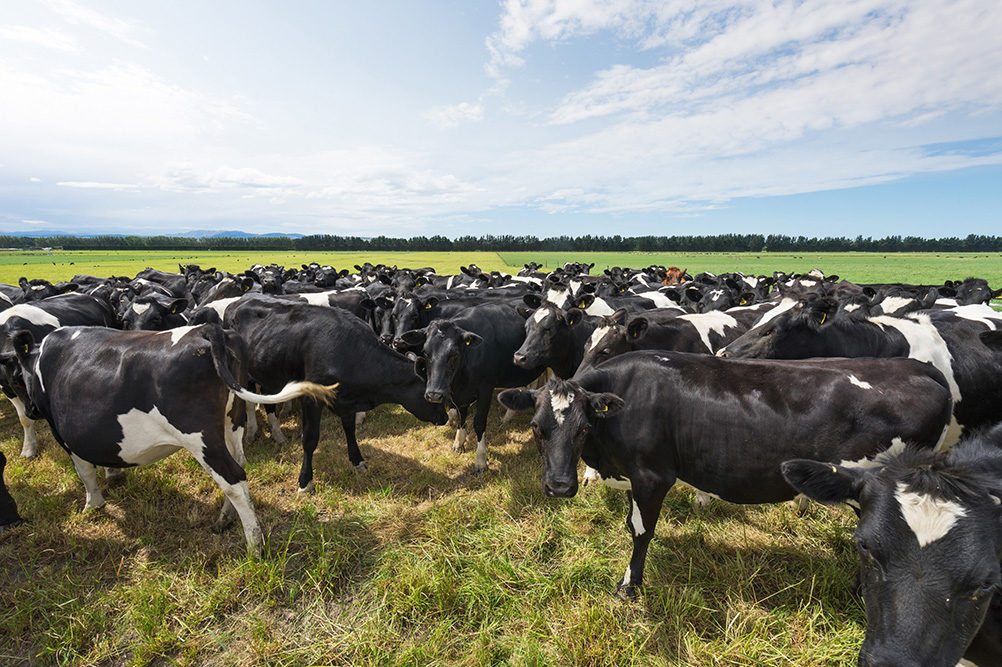The Environmental Protection Authority says it expects to decide by September an application from DSM to introduce a feed additive to reduce methane emissions in livestock.
In February 2021, the authority formally received an application for 3-nitrooxypropanol (3-NOP), commonly known as Bovaer, and it began working on a risk assessment.
3-NOP is an active ingredient that is new to Aotearoa New Zealand.
The authority determined the initial hazard classifications for multiple formulations of 3-NOP, and this was shared with DSM. It held meetings and discussions with DSM on a range of technical and procedural matters in April 2021, which produced additional information for assessment.
In August 2021, DSM asked to put the application on hold while the company compiled further information for the assessment process. The authority received this in March last year.
It asked for further clarifications about the application, and prioritised working through these with DSM. It also completed a Māori Impact Assessment.
Last month, the authority shared its science memo, staff report, and Māori Impact Assessment with DSM.
The applicant has the opportunity to review and comment on our assessment before the application is submitted for consideration by the delegated decision maker.
From a regulatory perspective, substances for climate change mitigation are still new to New Zealand.
The authority says this application required substantial time to come to a mutual understanding on how this substance would be used and what information was required to conduct an appropriate risk assessment.
In concentrated forms, 3-NOP can pose significant risks to people, so the parameters of potential exposure had to be carefully considered, including provision of advice from WorkSafe.
The authority carries out a rigorous assessment for every hazardous substance application. Its assessments are centred on scientific data and evidence, economic information, and local information, as well as cultural perspectives to ensure we continue to protect people and our environment.
Source: Environmental Protection Authority












